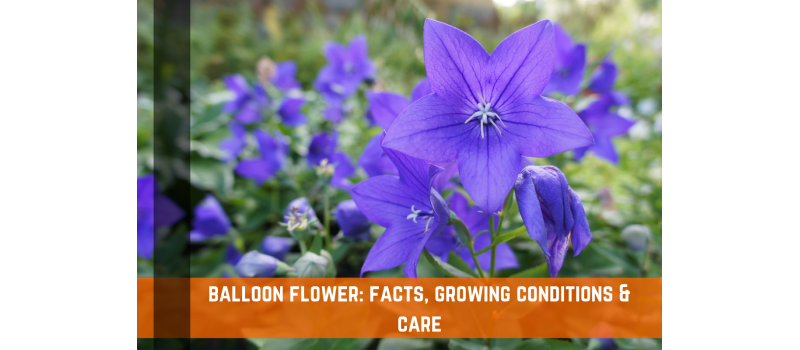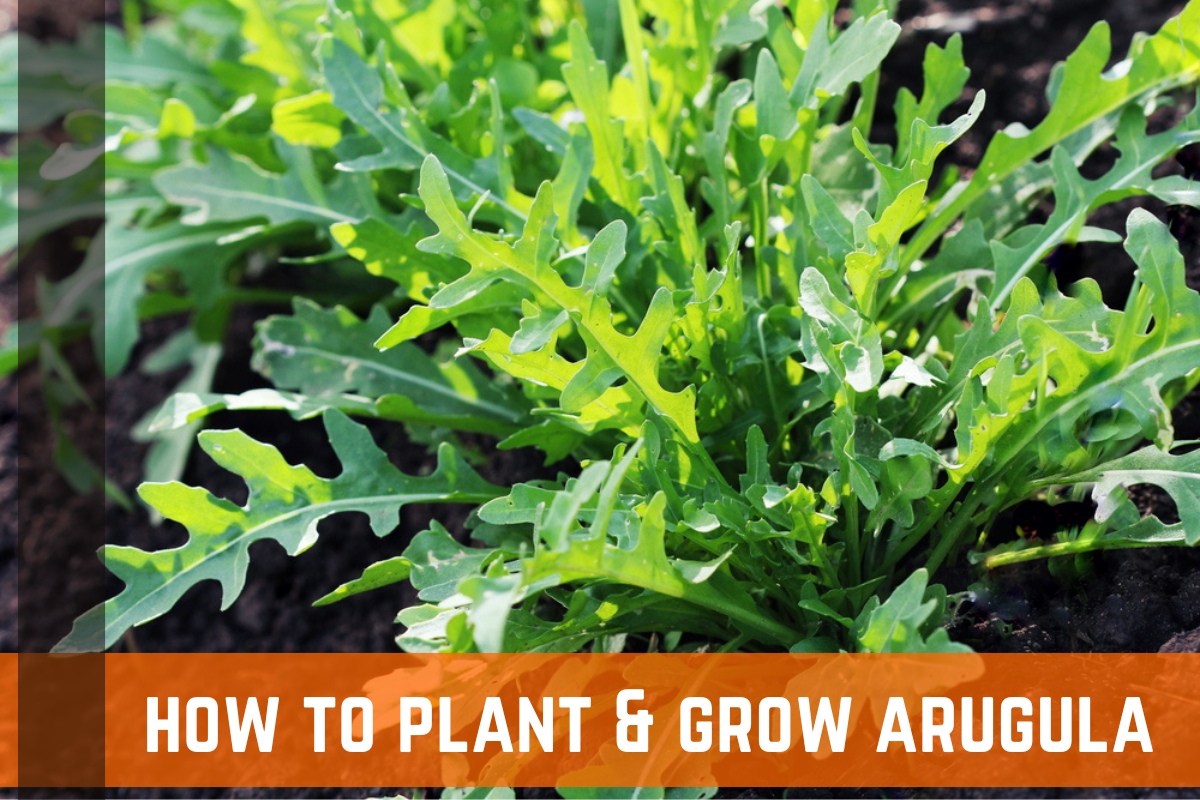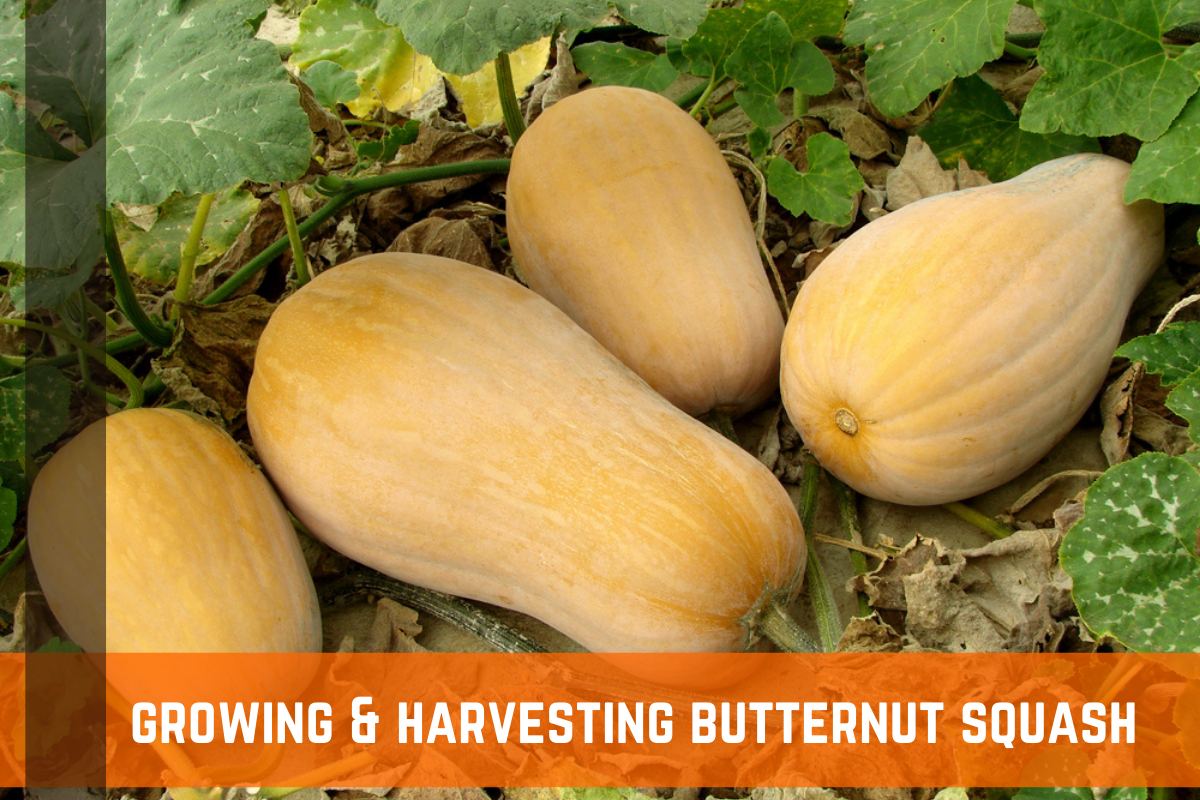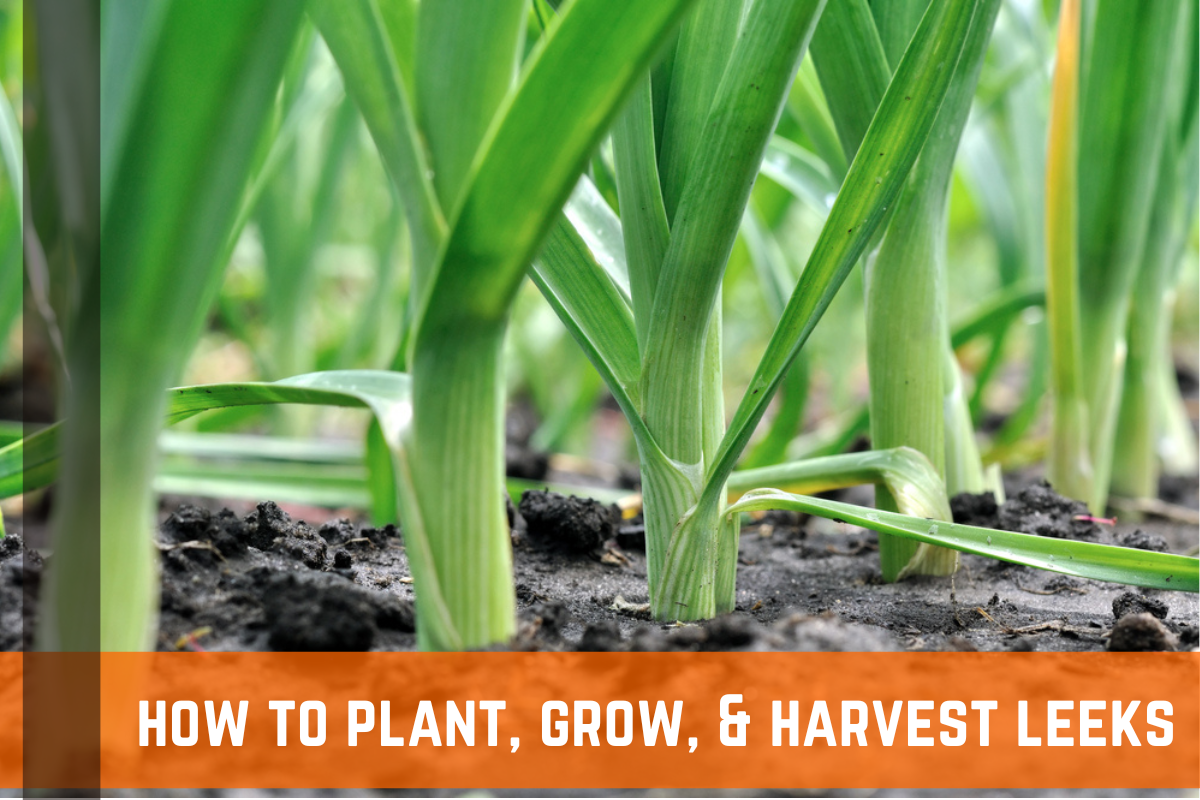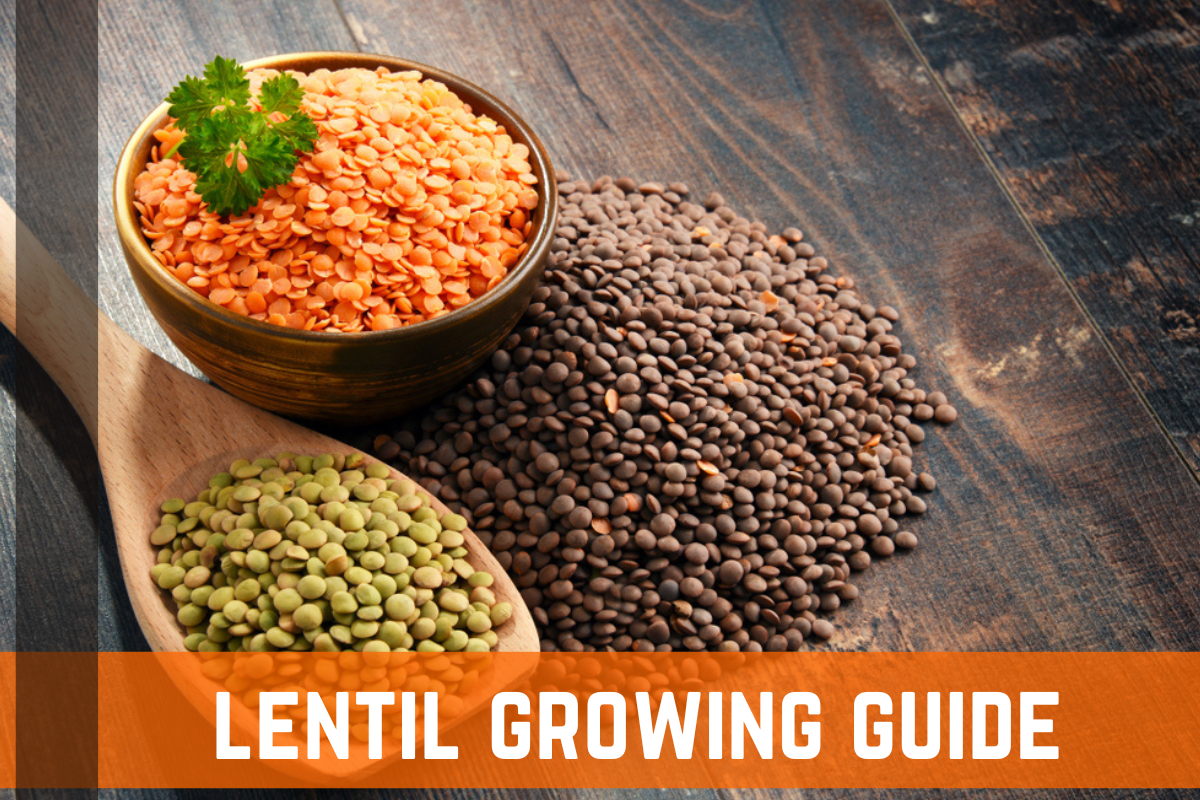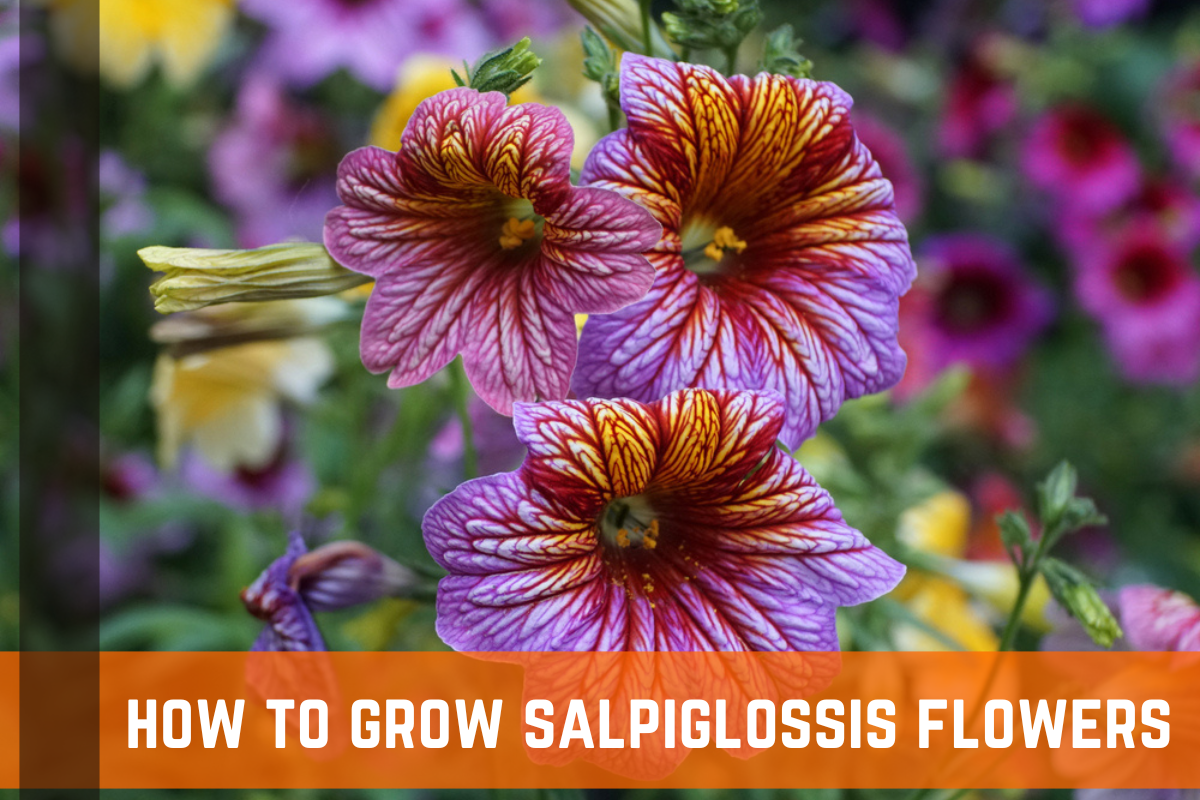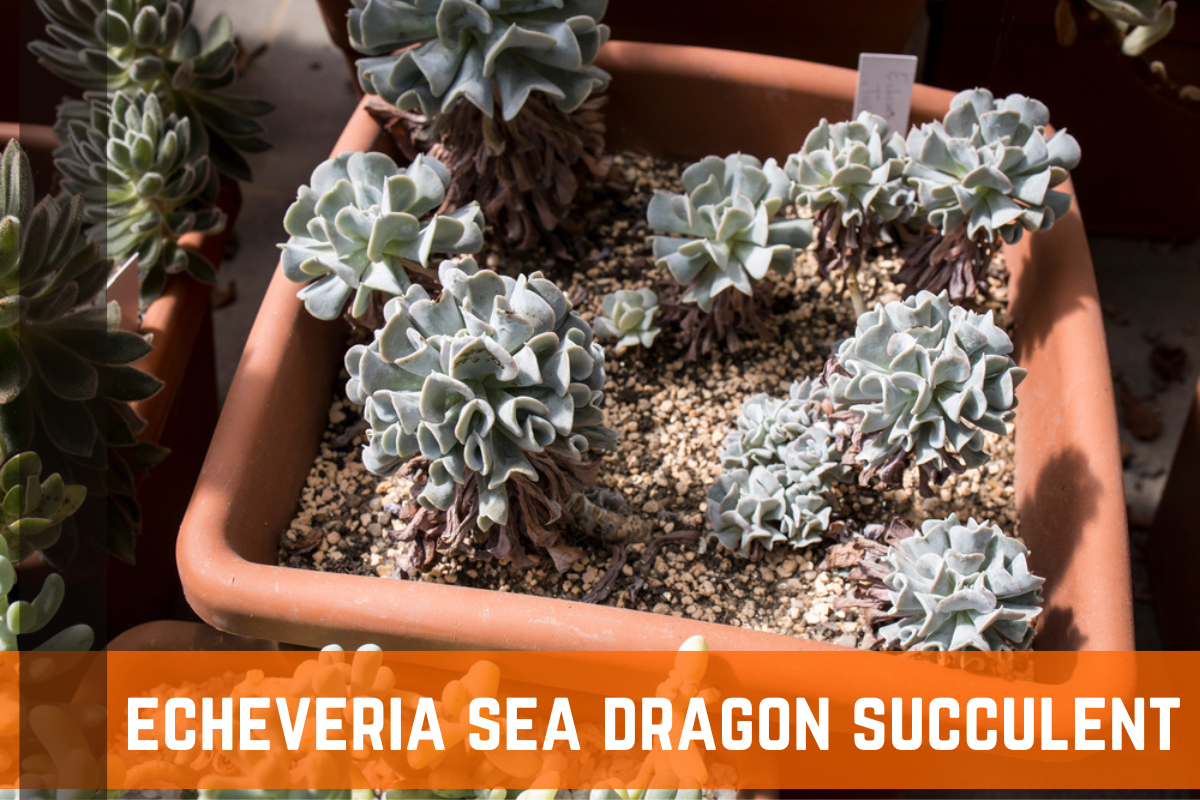If you're looking for an eye-catching and unique way to add a splash of color to your garden this summer, consider planting some of the many varieties of balloon flowers. From both their name and exquisite blooms, these plants will bring vibrant beauty to any outdoor space while also gracing your area with its striking silhouette.
Balloon flowers are easy enough for beginner gardeners to nurture and delightful surprises that certified green thumbs will be able to admire often throughout the season. Get ready to be transfixed by all that balloon flowers have offer as we explore some of the basics about this plant; including its unique origin story, how it spreads and grows, and of course tips for growing them yourself!
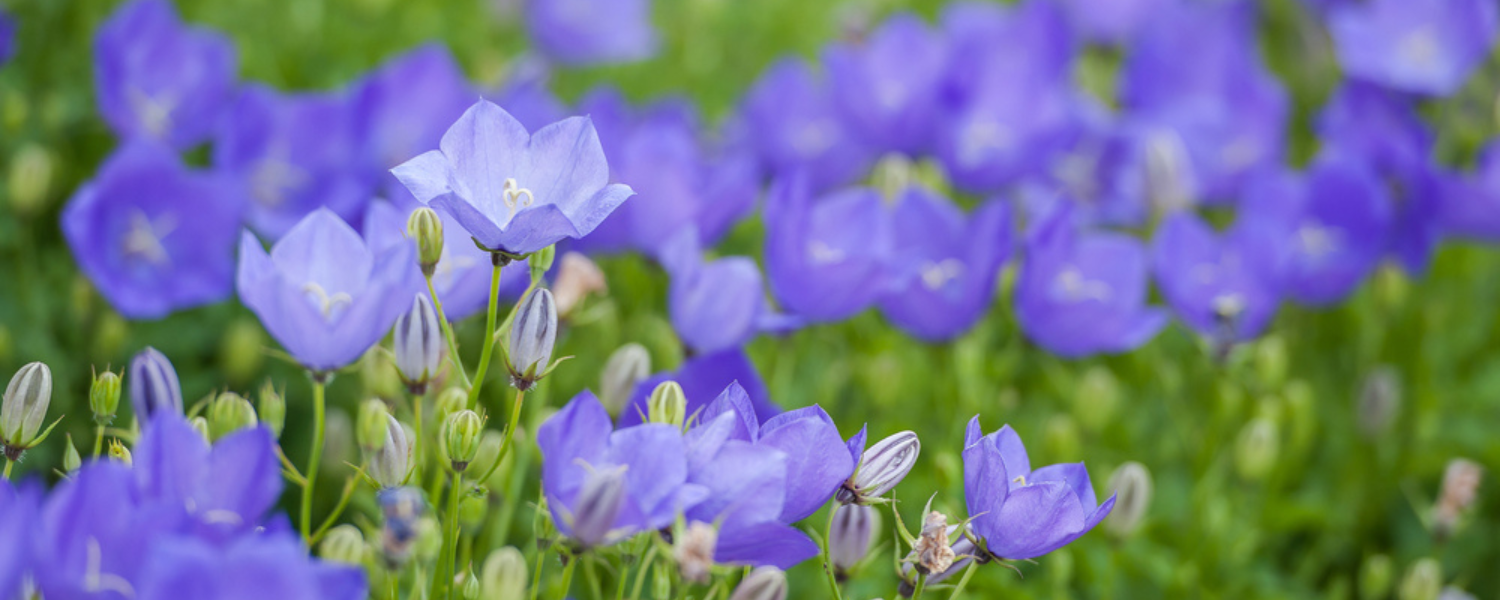
Balloon Flower Facts & Information
The Balloon Flower is an excellent choice for a garden-dweller looking to add a pop of life and beauty. It thrives in moist conditions and cool temperatures, making it suitable for planting in partly-shaded areas or along the edges of ponds and streams.
The unique balloons shape these flowers start as a is also what gives this plant its name; pods swell into a bright green bulb shape before they reveal their beautiful, vibrant petals. Native to parts of Asia, this colorful flower's genus name Platycodon grandiflorus comes from the Greek words “platykodon” for "broad forehead" and “grandiflorus” for "large flowered".
Protect your plants from harsh sunlight! Check out our selection of shade cloth!
Furthermore, you can get some peace of mind knowing that the Balloon Flower possesses many medicinal benefits! These include being used as an anti-inflammatory, expectorant, and antiseptic. Finally, with its easy-to-grow nature and attractive appearance, the Balloon Flower is sure to add vibrancy to gardens everywhere!
Common Balloon Flower Types & Varieties
Blue Moon
Blue Moon is a cultivar of balloon flower that is characterized by its deep blue petals. The flowers of this cultivar are slightly smaller than those of other cultivars, but they are very beautiful and have a lovely fragrance.
Early Sensation
Early Sensation is a cultivar of balloon flower that is characterized by its early blooming period. This cultivar typically blooms 2-3 weeks earlier than other cultivars, making it a great choice for gardeners who want to enjoy the flowers of this plant as soon as possible.
Firecracker
Firecracker is a cultivar of balloon flower that is characterized by its vibrant red petals. The flowers of this cultivar are very showy and make a great addition to any garden or bouquet.
Mitigate erosion with our straw-net blankets. Shop our selection of erosion control blankets!
Pink Flamingo
Pink Flamingo is a cultivar of balloon flower that is characterized by its pink petals. This cultivar is very popular among gardeners who want to add a touch of color to their gardens.
Purple Passion
Purple Passion is a cultivar of balloon flower that is characterized by its deep purple petals. This cultivar is very popular among gardeners who want to add a touch of elegance to their gardens.
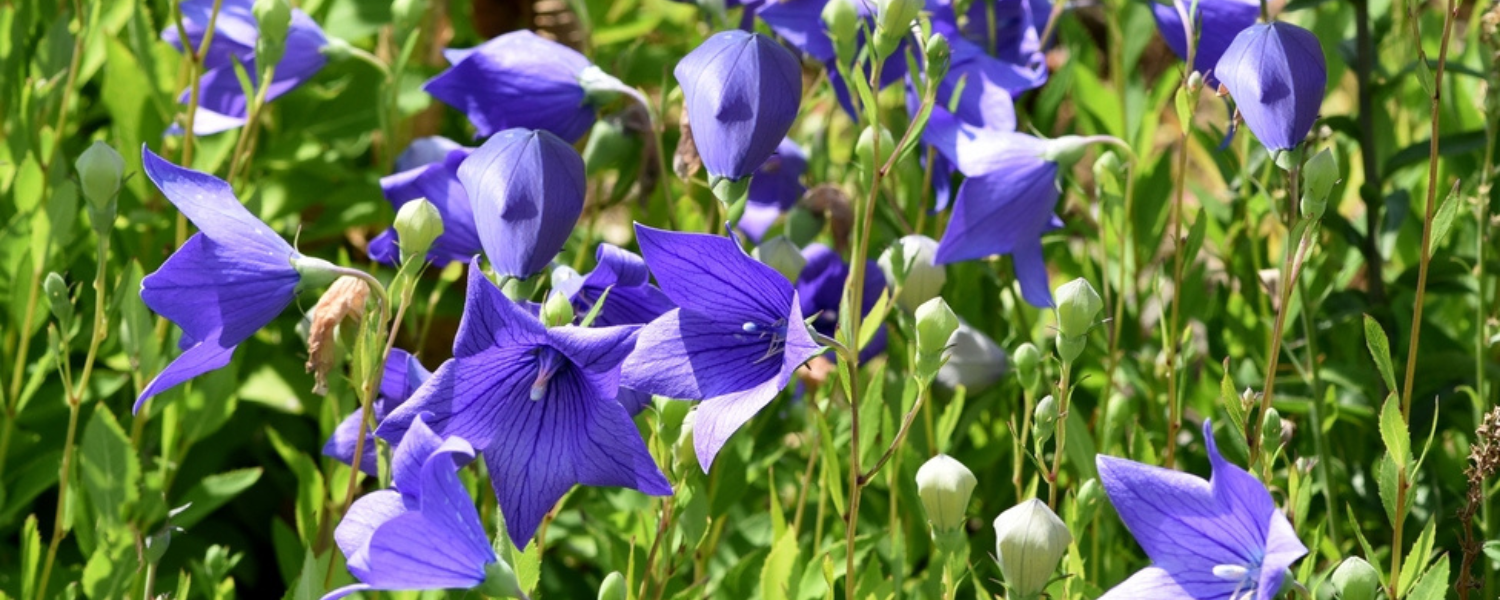
Growing Conditions For Balloon Flowers
Light & Temperature
These plants do best in bright, indirect sunlight and temperatures ranging from 60 to 70 degrees Fahrenheit. Though balloon flowers can tolerate some shade, they may not produce as many blooms as expected when planted in a shadier space. For ideal conditions and productivity, it's best to give them direct morning sunshine and an afternoon refuge with filtered light.
Soil
Balloon flowers prefer well-draining, slightly acidic soils with a pH of between 6.0-7.5. To improve your soil's drainage, mix in organic matter such as compost or peat moss to the flower bed prior to planting.
For an ideal pH level, test your soil before you begin planting since the precise number can vary from one garden to another. If necessary, correct the pH levels with lime or other amendments by following instructions on the packaging for amounts suitable for your flower patch.
Water
To give your balloon flowers the best care, make sure that the soil is consistently moist and irrigate them regularly with small amounts of water. Watering early in the day is a great way to keep your plants hydrated throughout the day while also reducing the amount of evaporation that takes place during hotter times. Too much water can inhibit nutrient absorption as well, so it’s important to find a balance in order to ensure optimal health.
Nutrients & Fertilizer
To get the best possible results with this plant, it is recommended to add nutrient-rich fertilizer and compost to the soil. This will help to ensure the continued good health of the balloon flower and encourage vibrant blooms. The right combination of nitrogen, phosphorus, calcium and other micronutrients found in fertilizers can really make a difference for this particular flower.
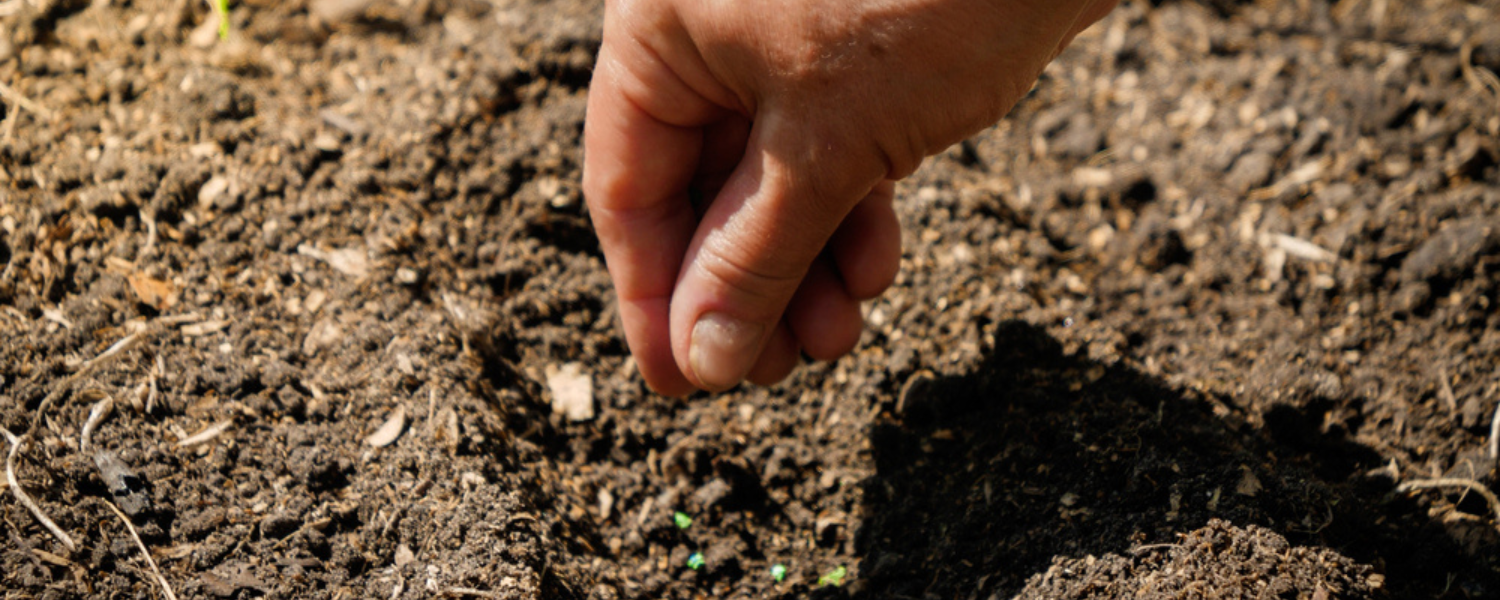
How To Plant & Grow Balloon Flowers
Planting balloon flowers is a great way to add color and life to your garden. Follow these steps to plant your own balloon flowers at home:
- To begin, choose a sunny spot in the garden that provides well-drained soil. Well draining soil is essential for balloon flower growth.
- Plant the seeds of this bloom about 1/4" deep with 8-12" between the plants. Water lightly and frequently until germination is achieved, which usually takes 9-14 days.
- Once it grows to be 3-4 inches tall, side dress with compost around the base of the plants and continue to water when needed but don't let them dry out completely as they can be sensitive during hot summers.
- Deadhead spent blooms. Remove spent blooms (flowers that have already turned brown) to encourage continued flowering throughout the season.
Now that you know how to plant balloon flowers, you can enjoy their beauty all summer long! They make great cut flowers, so be sure to plant extra for indoors. With a little care, your balloon flower plants will provide color and interest in the garden for many years to come.
Balloon Flower Care & Maintenance
Pruning balloon flower plants can be a beneficial practice that helps to promote healthy growth. To begin, trim off dead flowers and moldy stems when they appear in early spring or summer. It is also important to remove any dying or diseased foliage as soon as it is noticeable.
Need to protect your goods and materials during storage or shipment? Shop our selection of high-quality pallet covers!
Pruning can help to encourage a bushier form of the plant, which can create a more pleasing shape and longer-lasting blooms. Prune back any long stems that cause the plant to flop over, as this could harm other plants and limit the viability of the balloon flowers.
Need to protect your farming or recreational vehicles? Check out our selection of heat shrink wrap!
Finally, it’s best to wait until late summer or early fall to perform extensive pruning, as it is at this time that the shrub will have produced vigorous new growth that can be trimmed away without too much effort. With some careful pruning, your balloon flowers will remain vibrant and full for many years to come!
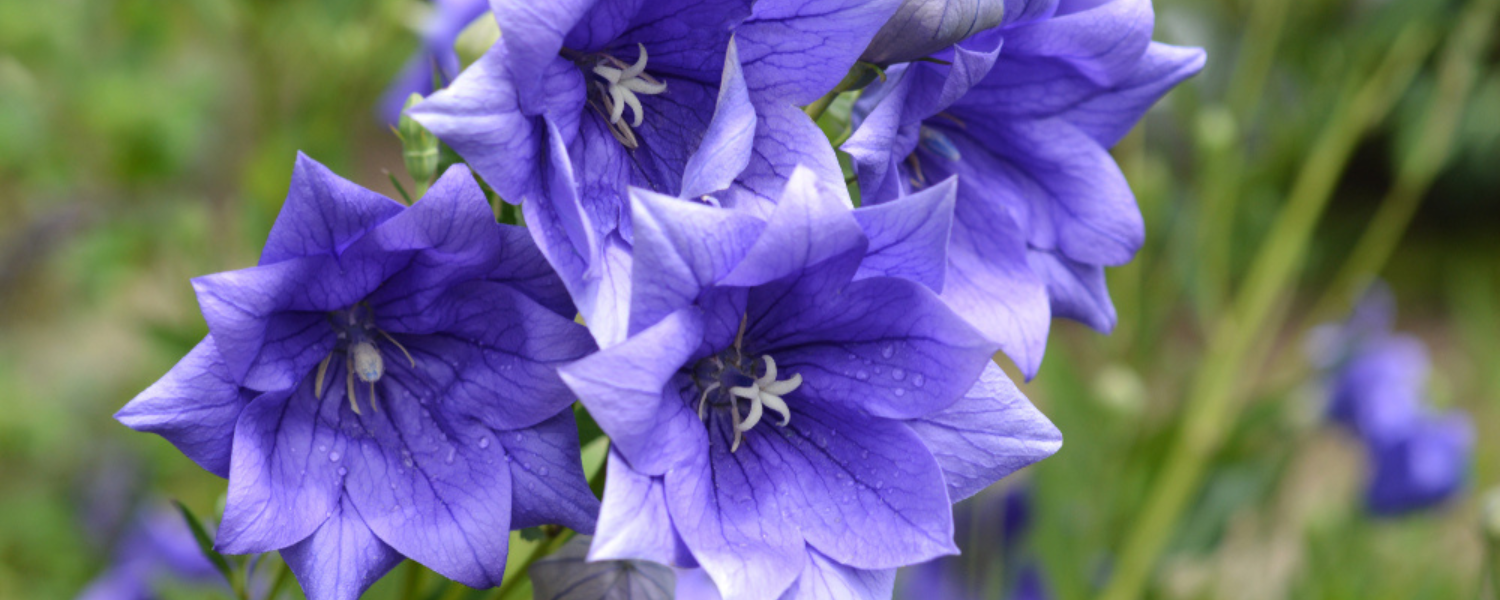
Common Pests & Diseases
Pests
Balloon flowers are especially susceptible to slugs, aphids, mildew, and spider mites. If this sounds like a daunting list of adversaries, take comfort; all of these can be treated with patience, diligence and the right strategies.
Slugs may feast on the leaves of your balloon flower, but beer traps can trap them before they cause too much damage. Aphids can similarly be controlled with insecticides or natural pest control options. Additionally, mildew and spider mites both require similar treatments: pruning of leaves and applying a horticultural oil to destroy their presence.
Diseases
The Balloon Flower plant is susceptible to several diseases and issues, such as rust, stem rot, root rot, and powdery mildew. It's important to identify each of these problems quickly and take appropriate action in order to prevent them from getting worse.
Start with removing affected parts of the plant and improving air circulation by removing excess foliage whenever possible. To help avoid diseases, it's important to keep the leaves dry when watering so you don't risk moistening the foliage too much.
Conclusion
The Balloon Flower is a beautiful and unique flower native to Eastern Asia that has become a popular specimen in gardens around the world. Its trumpet-shaped petals make it looks like an inflated balloon, giving it its namesake. It blooms during the summer months, typically producing lavender or light blue petals on strong stems.
With proper care and soil pH conditions, the Balloon Flower can provide a gorgeous addition to any garden with relatively low maintenance. Additionally, due to their sturdy stems and bold appearance, they make fantastic cut flowers for bouquets. Whether you’re a novice gardener or a seasoned florist – the Balloon flower can add gracefully breathtaking beauty to almost any setting.
Shop Our Selection Of Farm, Garden, & Agricultural Products!
4 Year Clear UV Resistant Greenhouse Plastic
4 Year UV Resistant White Greenhouse Plastic

